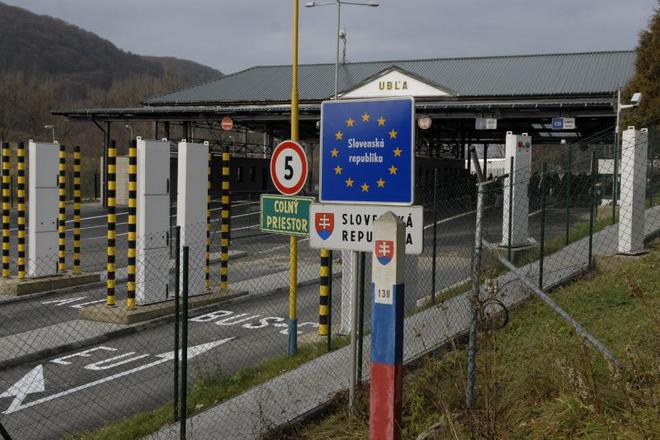UKRAINE is Slovakia’s only neighbour that is not a member of the European Union and the Schengen zone. Even though this puts the links between Ukraine and Slovakia at a different level, Ukraine is a strong economic partner with Slovakia as well with the entire European Union. Slovakia has been almost 100 percent dependent on Russian natural gas, Russia supplies about 25 percent of EU countries’ gas consumption, and about 80 percent of that gas flows to Europe through Ukraine’s network of pipelines. The January 2009 natural gas crisis which severely affected Slovakia and much of Europe following a payment dispute between Ukraine and Russia, reminded everyone of the strategic importance of Ukraine.
The events of early 2009 reiterated the importance of international and bilateral relations. One of Ukraine’s most important tools in pursuing its goals is trans-border cooperation with its neighbouring countries – new members of the European Union, and specifically with Slovakia. Ukraine considers development of bilateral relationships with its neighbouring countries a foreign policy priority, the Ukrainian Embassy to Slovakia writes on its website.
The aim of such trans-border cooperation in both bilateral and multilateral relationships is to promote economic progress in the border regions of both Ukraine and Slovakia and to deepen cooperation in other fields.
Cooperation between Ukraine and Slovakia has been so far focused mostly in the region of Zakarpathia. In the volume of direct foreign investments in this region’s economy, Slovakia is in eighth position following the United States, Japan, Hungary, Austria, Germany, Poland and the Netherlands, according to the Ukrainian Embassy. About 248 Ukrainian-Slovak enterprises are registered in Ukraine, of which 136 are joint ventures, according to the embassy.
For Slovak investors the most attractive cities are Uzhhorod and Mukacheve and their vicinities. More than 80 percent of the Slovak investments are directed to the industrial sector with investments in manufacturing, mining and wood processing. Other sectors with Slovak investments are food production, textiles and retail trade.
The Ukrainian-Slovak Intergovernmental Commission for Trans-border Cooperation is an important and active tool for development of cooperation between the two countries. Since 2003 the committee has held seven sessions. The most recent meeting took place on June 5 and 6 last year in Prešov attended by Vladimír Čečot, the Slovak Interior Ministry State Secretary and Oleg Havasi, the head of the Transcarpathia State Administration. The discussion focused on rules for local border traffic and issuing visas for citizens of Ukraine travelling into the Schengen zone. They also agreed on more detailed plans to build new highway border crossings in Ulič-Zabrod.
“Today Slovakia is bound with keeping measures for the Schengen zone because we do not protect only the frontiers of our country but of the whole Schengen zone,” said Čečot, as cited by the TASR newswire. Slovakia entered the Schengen zone at the end of 2007. On the other hand, Slovakia realizes that citizens of Ukraine might not like the fact that rules for issuing visas have become stricter.
After the session Havasi acknowledged in particular the agreement on local border traffic which brings citizens of the border regions closer.
In July 2008 Slovakia’s parliament approved an agreement on local border traffic enabling frequent crossing of the Slovak-Ukrainian border primarily for social, cultural, economic or family reasons, the SITA newswire wrote. The agreement became valid on September 20, 2008.
These local border traffic rules apply to inhabitants of towns and villages within a distance of up to 50 kilometres from the Slovak-Ukrainian border, SITA wrote. Residents of these border regions need a permit and a valid travel document to cross the border as part of the local border traffic system. A permit substitutes for a visa. Since Slovak citizens currently do not need visas to travel to Ukraine, this is a particularly forthcoming step for Ukrainians living in the border regions with Slovakia.



 The renovated border crossing Ubľa and Malyj Bereznyj opened in December 2008. (source: TASR)
The renovated border crossing Ubľa and Malyj Bereznyj opened in December 2008. (source: TASR)